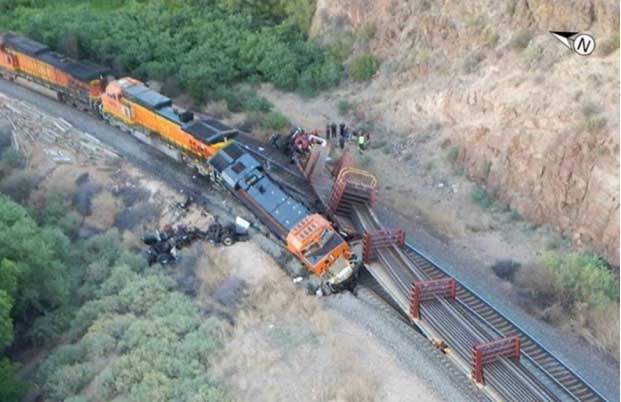
WASHINGTON — The National Transportation Safety Board has determined Thursday the failure of a BNSF Railway train crew to operate an intermodal train within restricted speed requirements caused the fatal, June 5, 2018, collision between the intermodal train and a work train, near Kingman, Ariz.
The collision occurred when a westbound BNSF intermodal train, operating in centralized traffic control territory, collided with the rear of a slow-moving eastbound work train. The work train was moving in reverse to drop off an employee before traveling west to exit the main track. One employee was killed, and another was seriously injured.
In Railroad Accident Report 21/01, NTSB investigators noted the crewmembers of the intermodal train operated at a speed that did not allow their train to stop within half the range of vision as required. The NTSB concluded the current training and oversight by railroad supervisors are ineffective in ensuring the operating crew’s use of restricted speed.
FRA regulations require roadway workers who lay track to use a form of on-track safety. However, FRA’s interpretation of its regulation allows railway workers on work trains to lay track without using a form of on-track safety, and this interpretation contributed to the cause of the collision, according to the NTSB’s report.
“It is extremely important the railroad industry is in full compliance with established federal regulations,” said Robert Hall, Director of the NTSB’s Office of Railroad, Pipeline and Hazardous Materials Investigations. “There is no room for misinterpretation of the requirements as this tragic accident demonstrates. Regulations designed to protect railroad workers must be clear to avoid any ambiguity and eliminate risks.”
Between 1997 and 2017, 55 roadway workers were killed in 52 accidents, and the NTSB investigated eight accidents in 2020 involving railroad and transit worker fatalities. These sobering statistics are why “Improve Rail Worker Safety” is an item on the NTSB’s 2021 – 2022 Most Wanted List of Transportation Safety Improvements.
The collision would not have occurred had the required regulations been applied to work trains and not exclude provisions that provide on-track protections to all roadway workers on or near the tracks. The intermodal train would either not have been permitted to enter the same signal block or not allowed to enter established working limits, the NTSB found.
The NTSB issued two safety recommendations to the Federal Railroad Administration based on the findings of its investigation. These safety recommendations address the use of restricted speed and protection of roadway workers who are engaged in maintenance-of-way tasks.






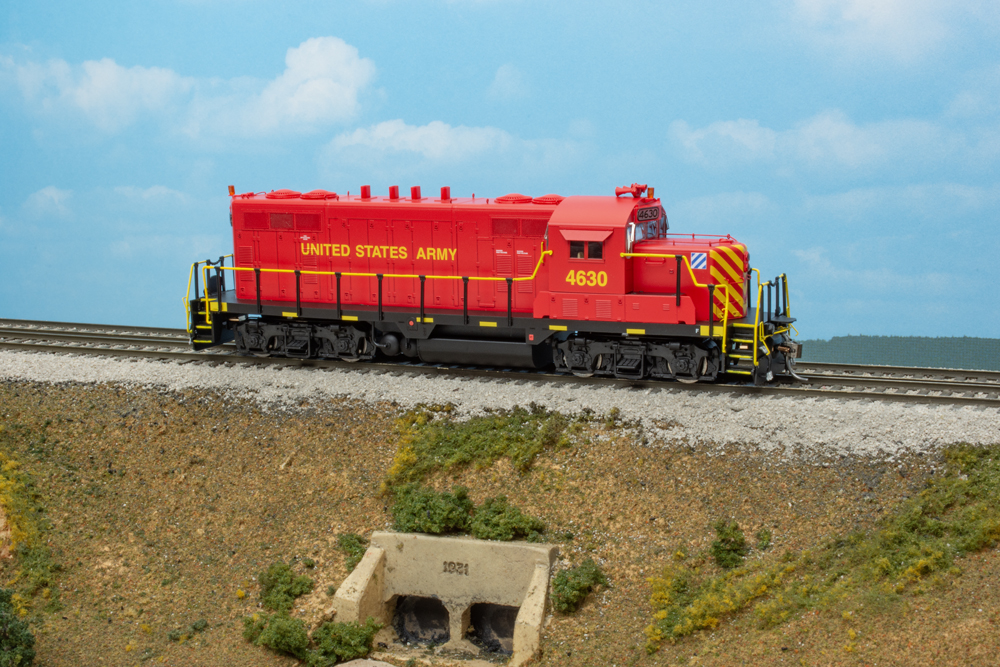
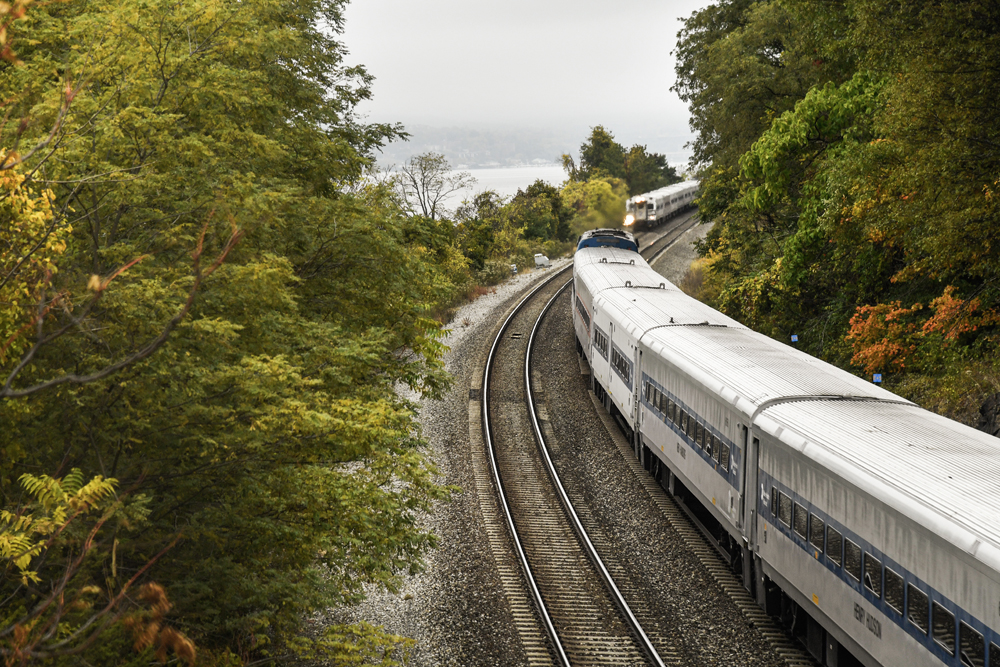
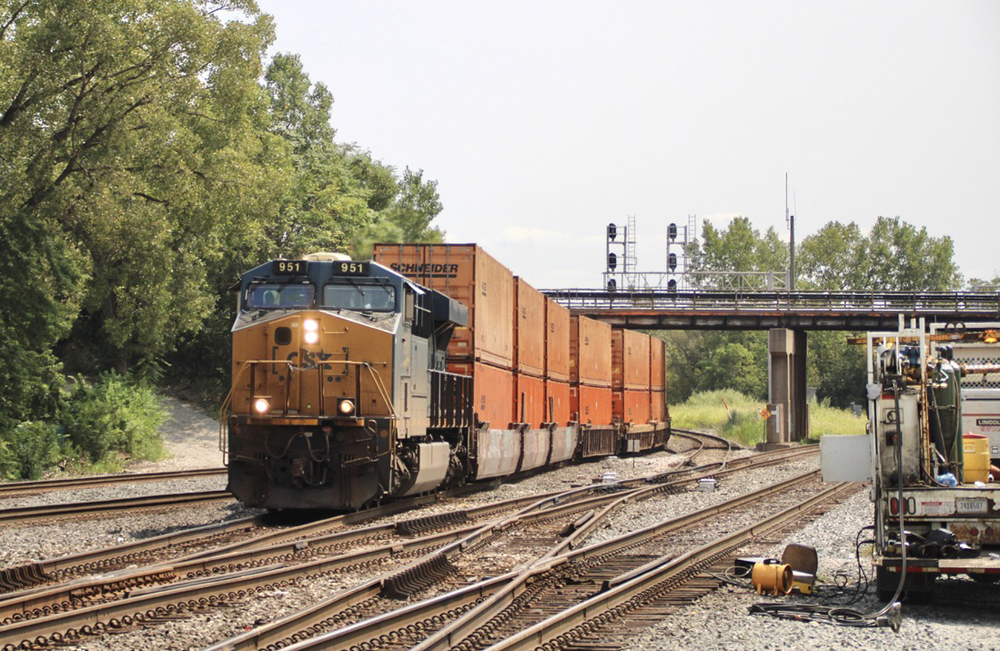
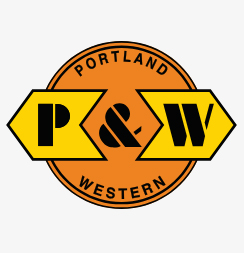




On NS, both the work train and the MW employee (RWIC- Roadway Worker in Charge) in charge of the work being performed each have a permit to occupy the track limits where the work is scheduled to be done, whether they are performing the actual work or just occupying the track. The intermodal would never have been allowed to occupy the same limits as the work train.